site search
online catalog
A PRESENTATION CRYPTOGRAPHIC DECANTER OF CIVIL WAR ADMIRAL L.W. GOLDSBOROUGH, “OLD GUTS”
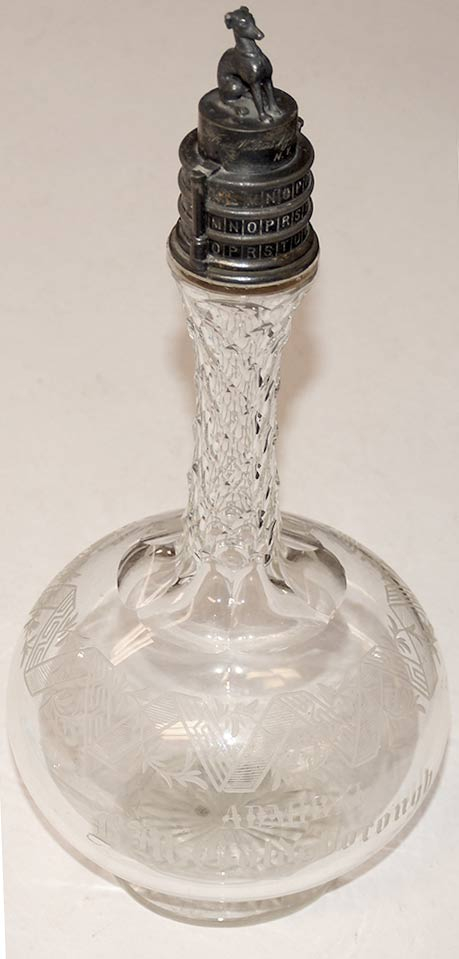
Hover to zoom

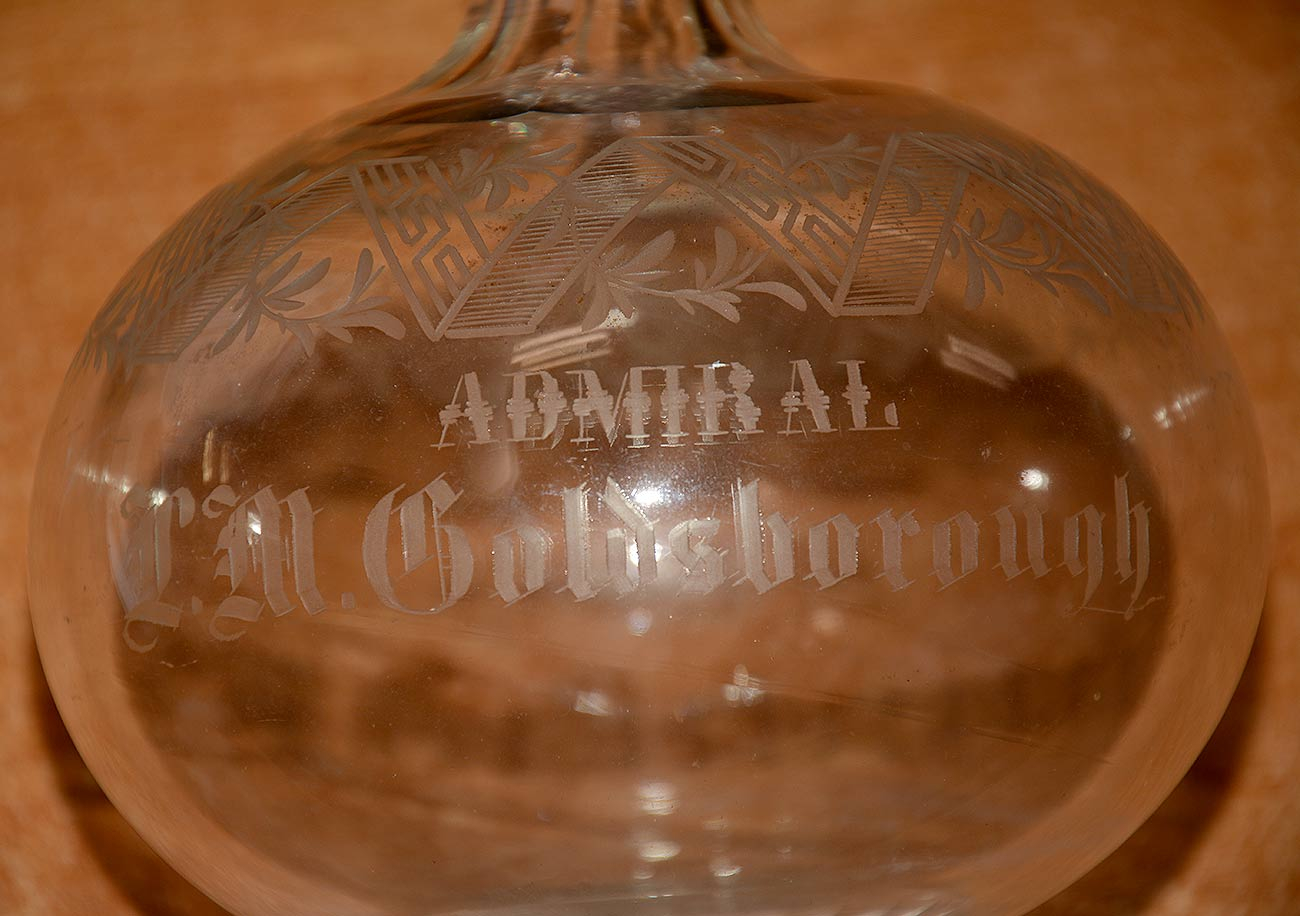
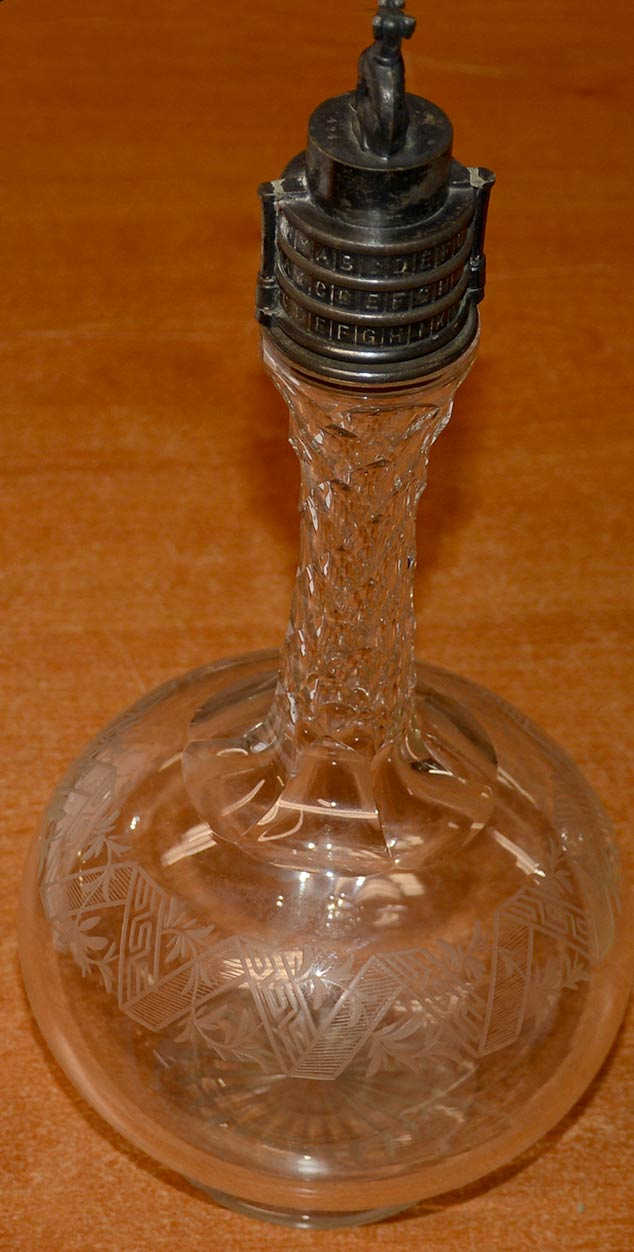
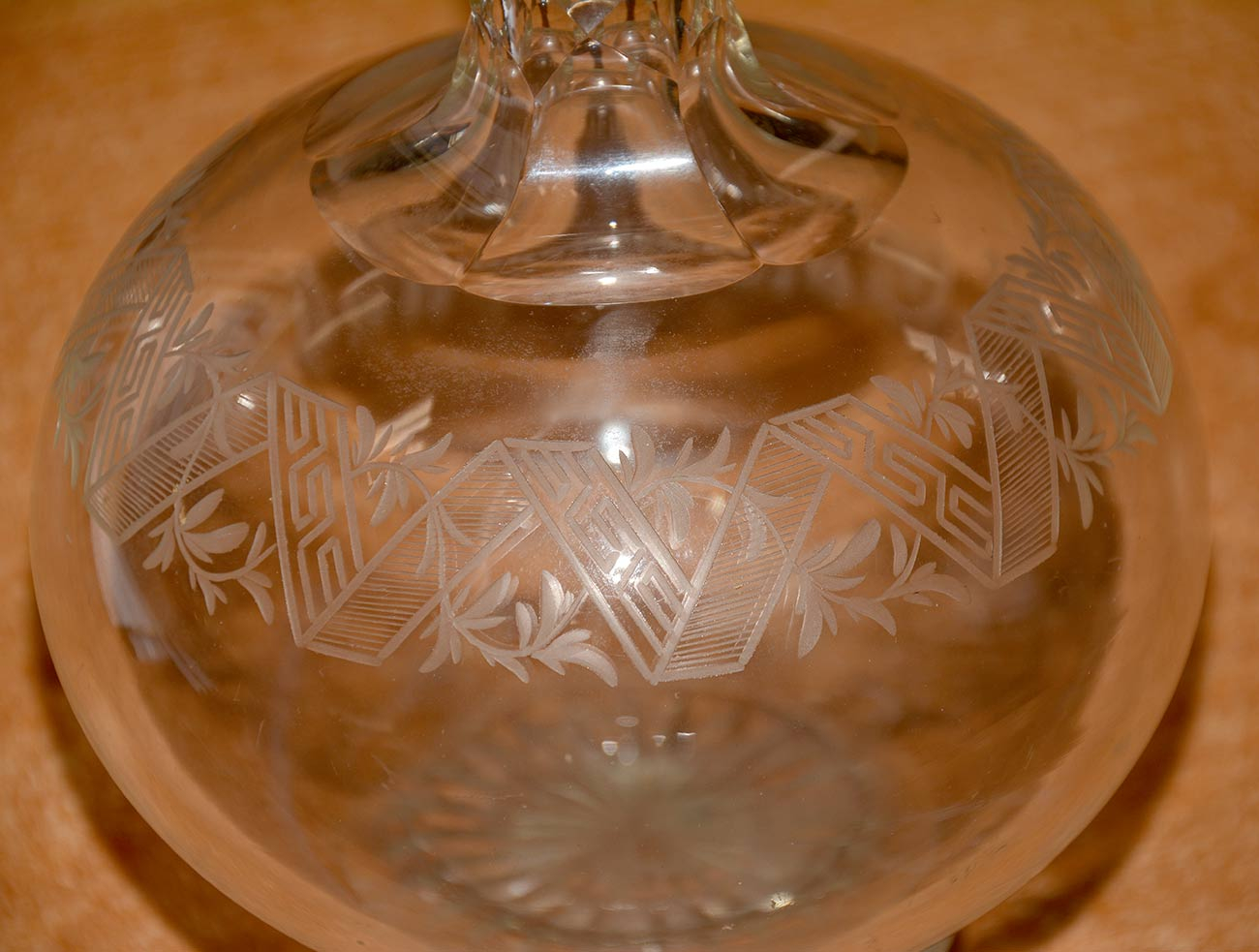
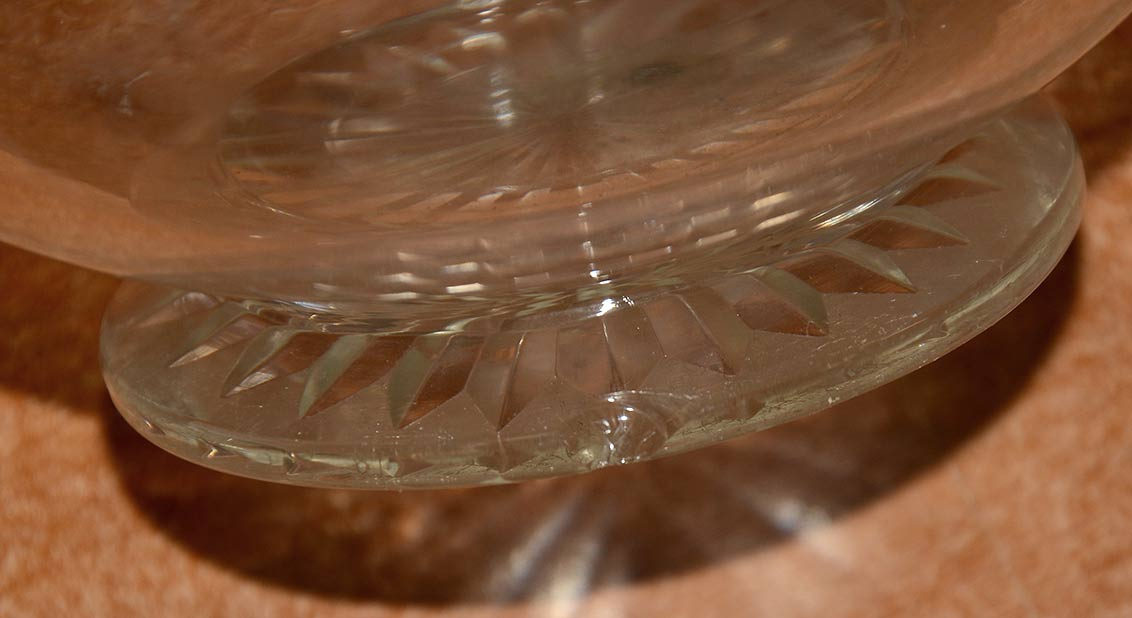
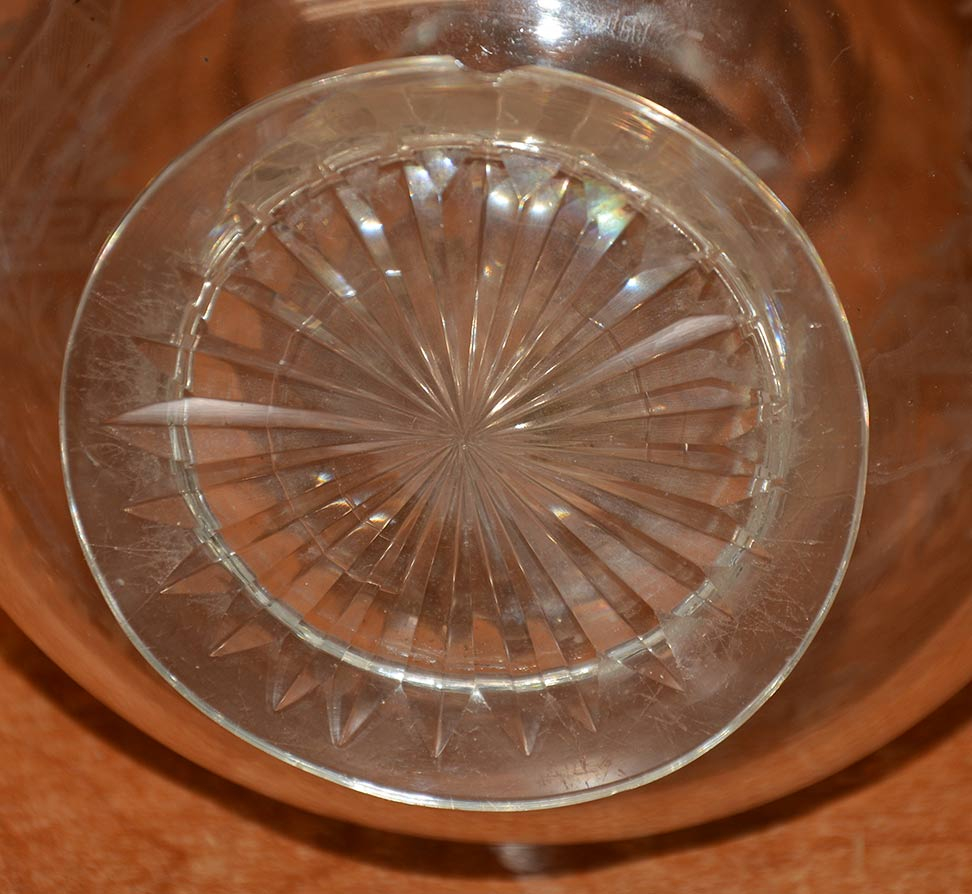
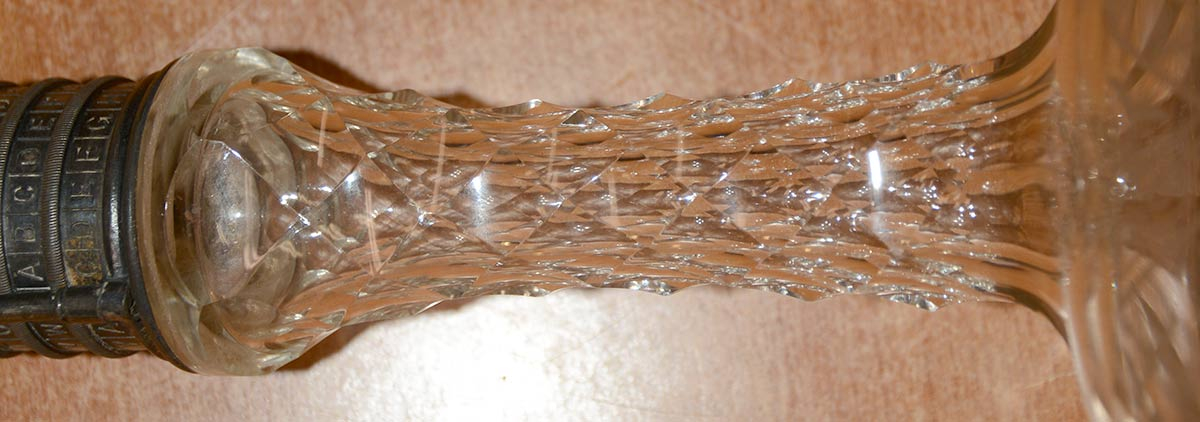
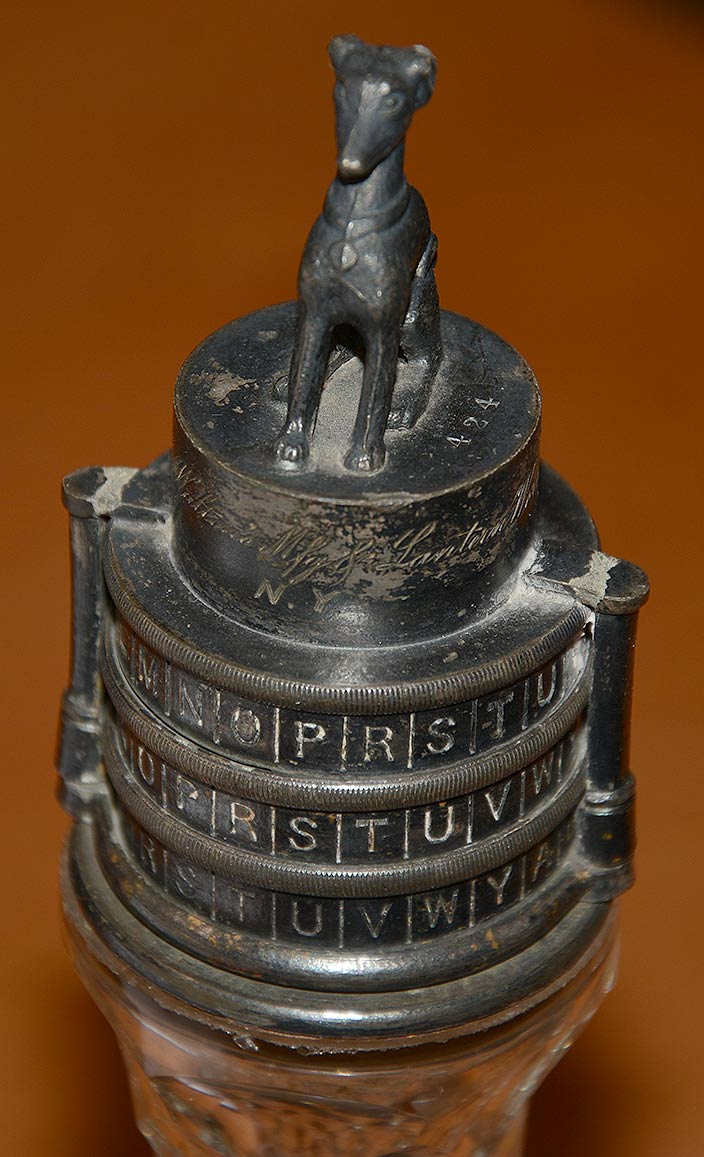
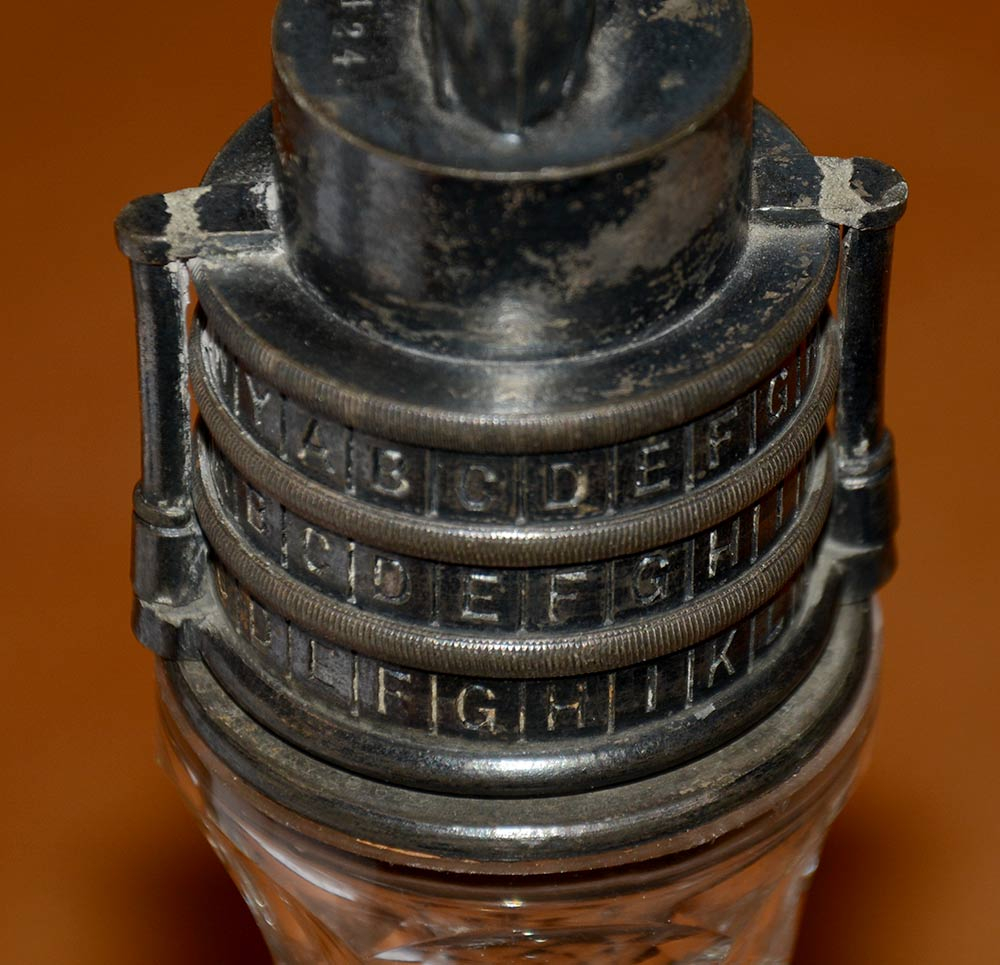
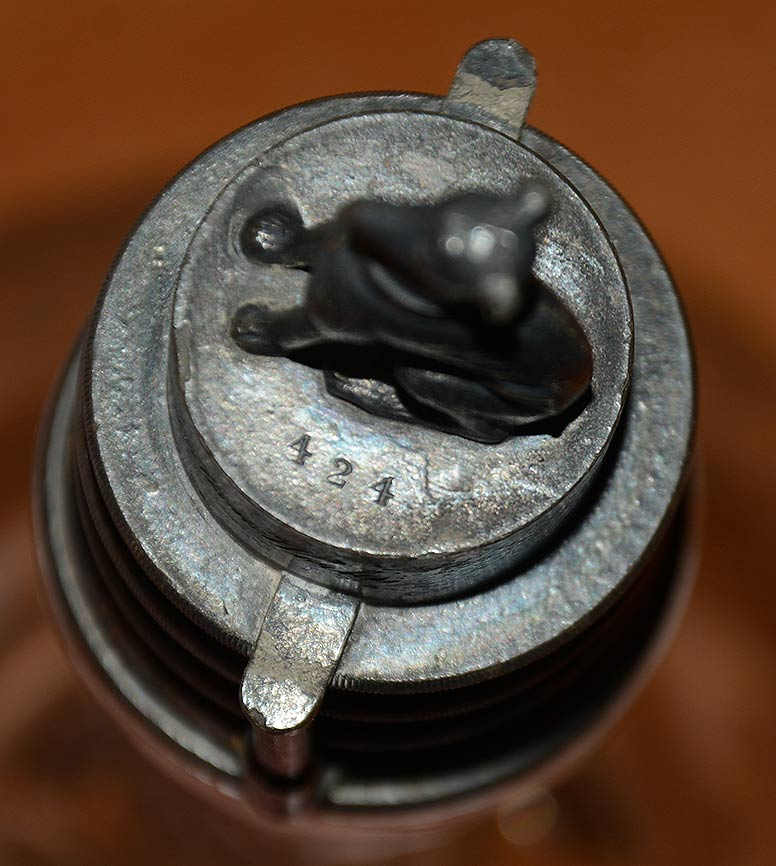
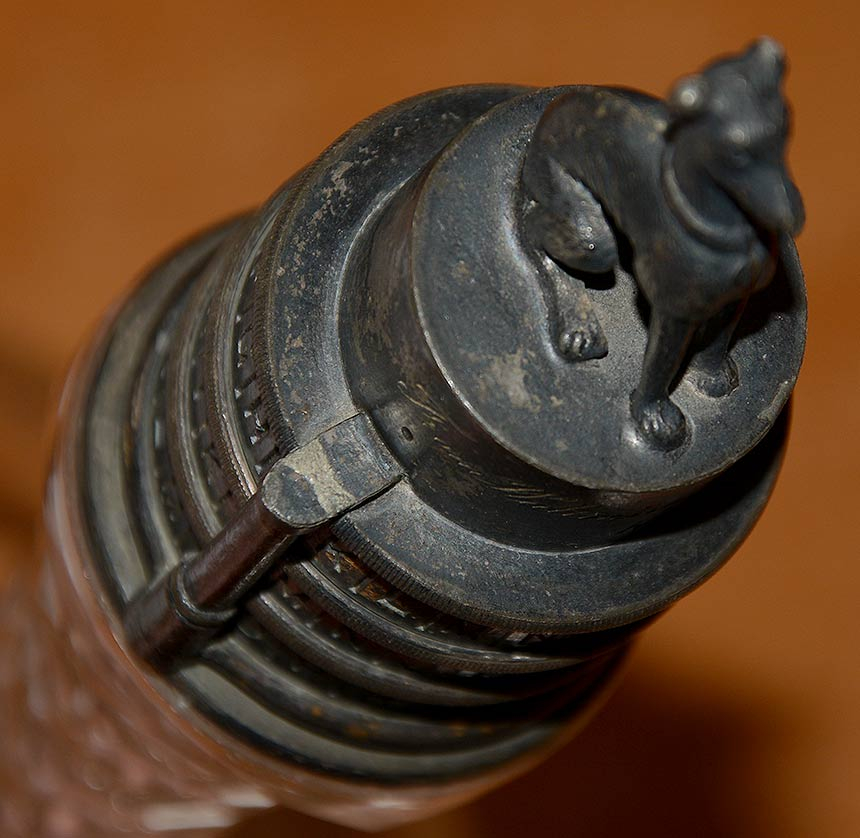
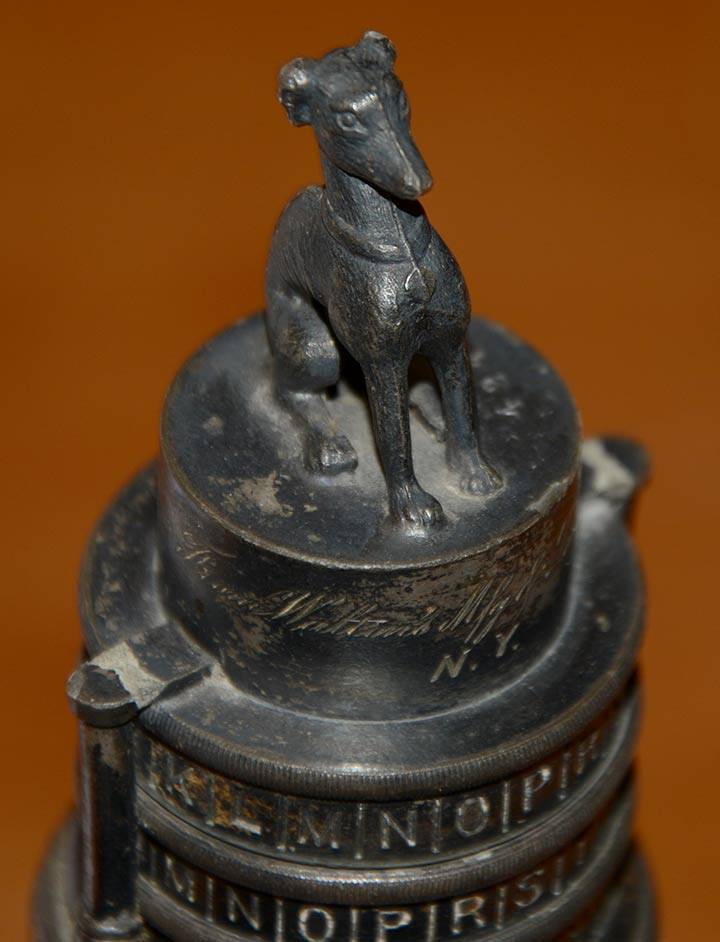
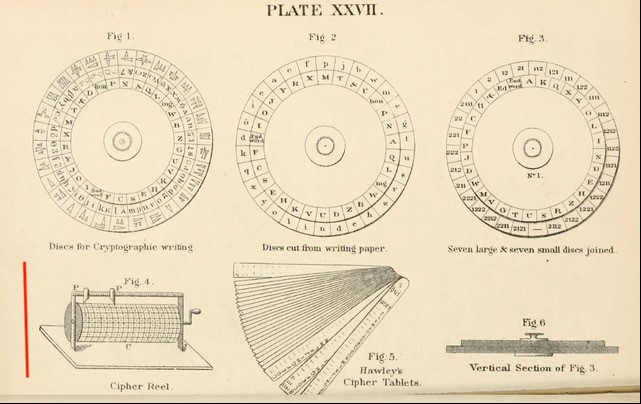
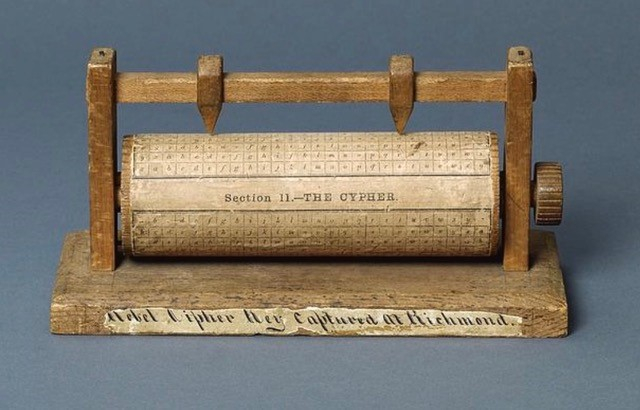
$450.00 SOLD
Quantity Available: None
Item Code: 490-5349
This rather remarkable decanter is etched on the glass body, “ADMIRAL / L.M. GOLDSBOROUGH” and was certainly part of a larger set of glassware presented to him, perhaps on his promotion to Rear Admiral in 1862, his appointment to command of the European Squadron in 1865, command of the Washington Navy Yard in 1868, or retirement in 1873. In addition to its visual appeal and historic associations, the decanter has a very unusual, figural pewter cap in the form of a dog sitting on top of a signal corps cipher cylinder or “cipher reel,” with which Goldsborough would have been familiar from his naval service.
The decanter is 11 1/2" inches tall overall and 5" inches in diameter at widest. The top is maker marked along its lower edge: “From Walton’s Mfg & Lantern Works / N.Y.” We have not been able to date precisely that location of the firm. They appear as Walton’s Newark Lantern Works in New Jersey from about 1866 onward and became well-known as makers of railroad lanterns, may have been the same firm as the Walton Brothers on Warren Street in New York City who seem to have been in the hardware or fancy goods business, advertising ice-skates as early as 1862. In any case a maker of lanterns fits a decanter with metal work and glass. The long neck is pattern glass, and the round base is cut in the form of a star. The globular body is smooth, but etched round with a broad, up and down, zig-zagging ribbon bearing a Greek-key pattern with a flowering vine running in and out of the V-shaped folds of the ribbon.
Louis Malesherbes Goldsboro, born in 1805, was the son of a Navy clerk and was appointed a midshipman in 1812 at the age of 7, though did not report to the Washington Navy Yard for service until the advanced age of 11 in 1816. His career spanned more than fifty years: he made Lieutenant 1825; Commander 1841; Captain 1855; Flag Officer 1862; and, Rear Admiral 1862. He saw action against pirates in the Mediterranean in the 1820s, took part in the bombardment of Vera Cruz and attack on Tuxpan in the Mexican War, was on the commission exploring California and Oregon in 1849-1850, and commanded the Brazil Squadron 1859-1861, as well as serving as Superintendent of the US Naval Academy 1853-57. In 1861 he commanded the Atlantic Blockading Squadron and after its division in two, the North Atlantic Blockading Squadron. As a Flag officer in early 1862 he operated successfully with Burnside off the North Carolina coast and helped take Roanoke. He then coordinated operations with McClellan in Virginia at Hampton Roads, the James River, and the Peninsula, though he declined to serve under army command. When a subordinate officer managed to bypass him to get an independent command out of Secretary of the Navy Wells, he asked to be transferred to Washington, where he performed largely administrative duties, though receiving the rank of Rear Admiral later in 1862. In 1865 he was given command of the European Squadron and from 1868 to his retirement in 1873 commanded the Washington Navy Yard. He died in Washington in 1877, note in newpapers as one of six rear-admirals to die within a month.
We can’t explain the dog. It looks like a greyhound and it would be nice if the decanter was a gift was from owners of a vessel by that name. (A rented steamer by that name, used by Gen. Butler was blown up in the James in 1864.) But, we rather suspect it may rather be standing guard over the contents of the decanter, much as the cipher cylinder suggests there access to its contents, like the contents of an important military communication, is restricted. The cylinder clearly shows its rows of staggered letters. These were used for encoding and decoding confidential messages and are pictured in both Brown’s history of the signal corps and Myers Manual of Signals. The system used a grid laid out with the alphabet in order along the top line, and then repeated below, but shifting by one letter in each successive line. A key word or phrase was used for encryption and decryption in combination with the message itself, using the grid to determine the appropriate letter. The cylinder simply bore that same grid wrapped around it and used adjustable pointers to speed up the process. Their wartime use is guaranteed not only wartime recollections, but an actual example captured in Richmond in 1865. They another version of the cipher disks with which Myer thought, “every well-educated officer of the army and navy” should be familiar.
We have seen one other example of this top, sold on its own at auction under the impression it was a puzzle-box of some sort. Whether that was from another piece of the set presented to Goldsborough from a more general catalog we can’t say. That one appeared to open by rotating the top, consisting of the dog, its base, and the upper two rows of letters to one side on the hinge formed by the rod next to the disk, with the lower row staying in place as part of the base. We suppose ours was to open the same way, but it seems stuck in place and we do not want to force it.
We note in passing that Goldsborough’s cipher cylinder omits the letters J, Q, X and Z, and shifts each row of letters by two instead of one- hence, in one column the letters M/O/R appear over one another, and elsewhere H/K/M. It is possible he had something to do with this variation of the code. He certainly had something to do with decanters. He was a large, imposing man and commanding officer, with a tendency to exaggerate in recounting sea stories after dinner over drinks at the table. In 1867, while in charge of the European squadron he regaled some distinguished British hosts at Gibraltar with a series of so increasingly outlandish stories that his aide could only stammer diminishing confirmation of their veracity. Goldsborough later summoned the aide (Lieutenant “Blank”) to his cabin, “where he was pacing the deck of his little cabin, his head almost touching the beams above, a rather fearsome monster. Without preliminaries he backed the little Lieutenant into the corner by the decanter-decorated sideboard and roared, “Mr. Blank, you don’t know the first duties of an aide. Don’t you understand that when I lie you are to swear to it?”
This is a wonderful piece from a colorful US Navy figure. [sr] [ph:L]
~~~~~~~~~~~~~~~~~~~~~~~~~~~~~~~~~~~
THIS ITEM, AS WITH ALL OTHER ITEMS AVAILABLE ON OUR WEB SITE,
MAY BE PURCHASED THROUGH OUR LAYAWAY PROGRAM.
CLICK HERE FOR OUR POLICIES AND TERMS.
THANK YOU!
Inquire About A PRESENTATION CRYPTOGRAPHIC DECANTER OF CIVIL WAR ADMIRAL L.W. GOLDSBOROUGH, “OLD GUTS”
Most Popular
Historical Firearms Stolen From The National Civil War Museum In Harrisburg, Pa »
Theft From Gravesite Of Gen. John Reynolds »
Selection Of Unframed Prints By Don Troiani »
Fine Condition Brass Infantry Bugle Insignia »
Large English Bowie Knife With Sheath 1870’S – 1880’S »
Imported (Clauberg) Us Model 1860 Light Cavalry Officer's Saber »
featured item
JULY 1863 LETTER BY FAMED COL. JOSHUA LAWRENCE CHAMBERLAIN OF THE 20TH MAINE
This letter comes from the hand of famed Colonel Joshua Lawrence Chamberlain of the 20th Maine and is written to his wife from his shelter tent in the Shenandoah Valley near Front Royal. Dated July 24th 1863, Col. Chamberlain details the fight of… (557-250). Learn More »


